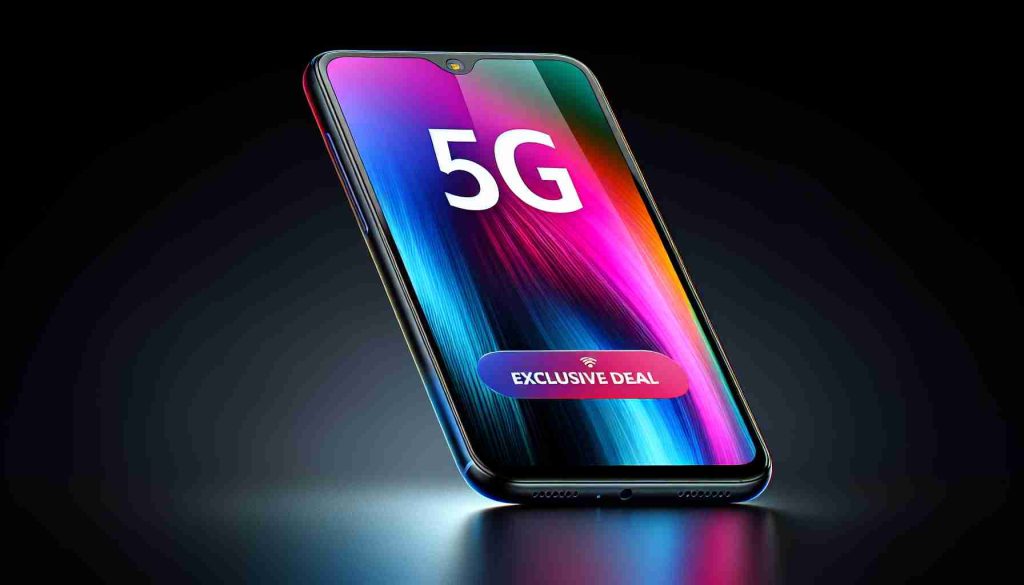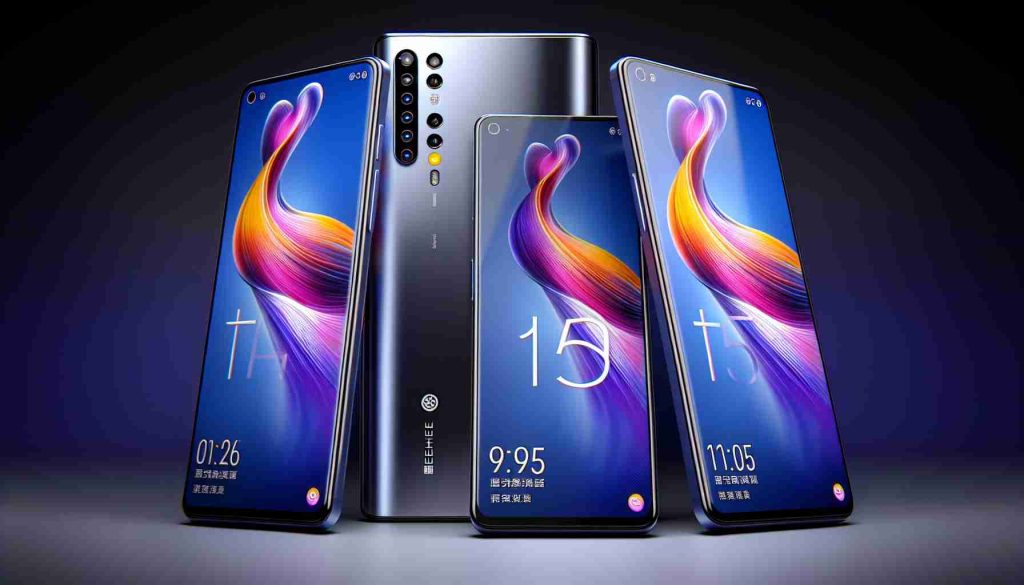In a significant legal ruling, two individuals from China have been convicted for orchestrating an extensive counterfeiting operation involving smartphones. Their fraudulent activities spanned from mid-2017 to the end of 2019.
During this period, the perpetrators and their network successfully exchanged thousands of counterfeit smartphones for authentic Apple devices. The scheme involved the creation of false International Mobile Equipment Identity (IMEI) numbers, which were then used to return the fake phones to Apple under a device replacement program designed for faulty products.
Apple, unaware of the deception, inadvertently traded these replicas for over 6,000 genuine iPhones. This massive fraud ultimately led to substantial financial losses for the tech giant, with estimates indicating damages exceeding $2.5 million.
In response to their illegal actions, the court has sentenced the two main offenders to lengthy prison terms, receiving 57 and 54 months, respectively. Moreover, they have been ordered to pay restitution amounting to more than $1.5 million to Apple as compensation for the financial harm caused by their scheme.
This case highlights the persistent issue of counterfeiting in the technology sector and serves as a reminder of the ongoing efforts by authorities to combat such fraudulent activities. The ruling underscores the importance of vigilance against scams targeting reputable companies.
Understanding Counterfeiting: Tips, Life Hacks, and Interesting Facts
The recent legal case involving two Chinese individuals convicted of a large-scale counterfeiting operation sheds light on a pervasive issue in the technology sector. Counterfeiting affects both companies and consumers, making it crucial to understand how to protect yourself and recognize genuine products. Here are some useful tips, life hacks, and interesting facts related to counterfeiting and how to mitigate its effects.
1. Educate Yourself on Product Authenticity:
Always research how to identify genuine products from established brands. Most companies offer resources on their websites to help consumers discern between real and counterfeit items.
2. Purchase from Authorized Retailers:
To avoid counterfeit products, buy from authorized retailers or directly from the manufacturer’s website. This ensures that you receive authentic products with valid warranties.
3. Check for Secure Packaging:
Many counterfeit products often come in poor-quality packaging. Look for signs of tampering or inconsistencies in the packaging design when receiving a product.
4. Investigate IMEI Numbers:
For smartphones, always verify the IMEI (International Mobile Equipment Identity) number. You can check an IMEI number on official sites like the manufacturer’s or third-party services to ensure the device isn’t stolen or counterfeit.
5. Watch Out for Deals Too Good to Be True:
If a deal seems too good to be true, it probably is. Be skeptical of significantly discounted prices for high-value products, as this is a common tactic used by counterfeiters.
6. Report Suspicious Products:
If you suspect that you have encountered a counterfeit product, report it to the company and local authorities. This helps build a case against fraudulent activities and can protect other consumers.
7. Understand the Scale of Counterfeiting:
According to estimates, counterfeiting costs the global economy hundreds of billions of dollars each year. The problem spans across various sectors, not just technology, making it a widespread issue requiring attention and action.
8. Stay Informed About Legal Actions:
Follow news relating to counterfeiting cases and legal actions taken against perpetrators. This awareness can help you stay informed about the risks and ongoing developments in combating counterfeit operations.
9. Support Legislative Measures:
Support initiatives that strengthen intellectual property rights and promote anti-counterfeit technologies. Advocate for stronger enforcement of laws that protect consumers and manufacturers alike.
10. Utilize Technology:
Some brands have started implementing advanced technologies, such as blockchain and RFID tags, to verify authenticity, allowing consumers to check whether a product is genuine easily. Stay on the lookout for brands I adopting such innovations.
Understanding the intricacies of counterfeiting is important not just for preventing scams but also for fostering a fair market. Every consumer has a role to play in combating counterfeit activities by being vigilant and informed.
For more information on protecting yourself from counterfeit goods, visit Apple’s official website.
























